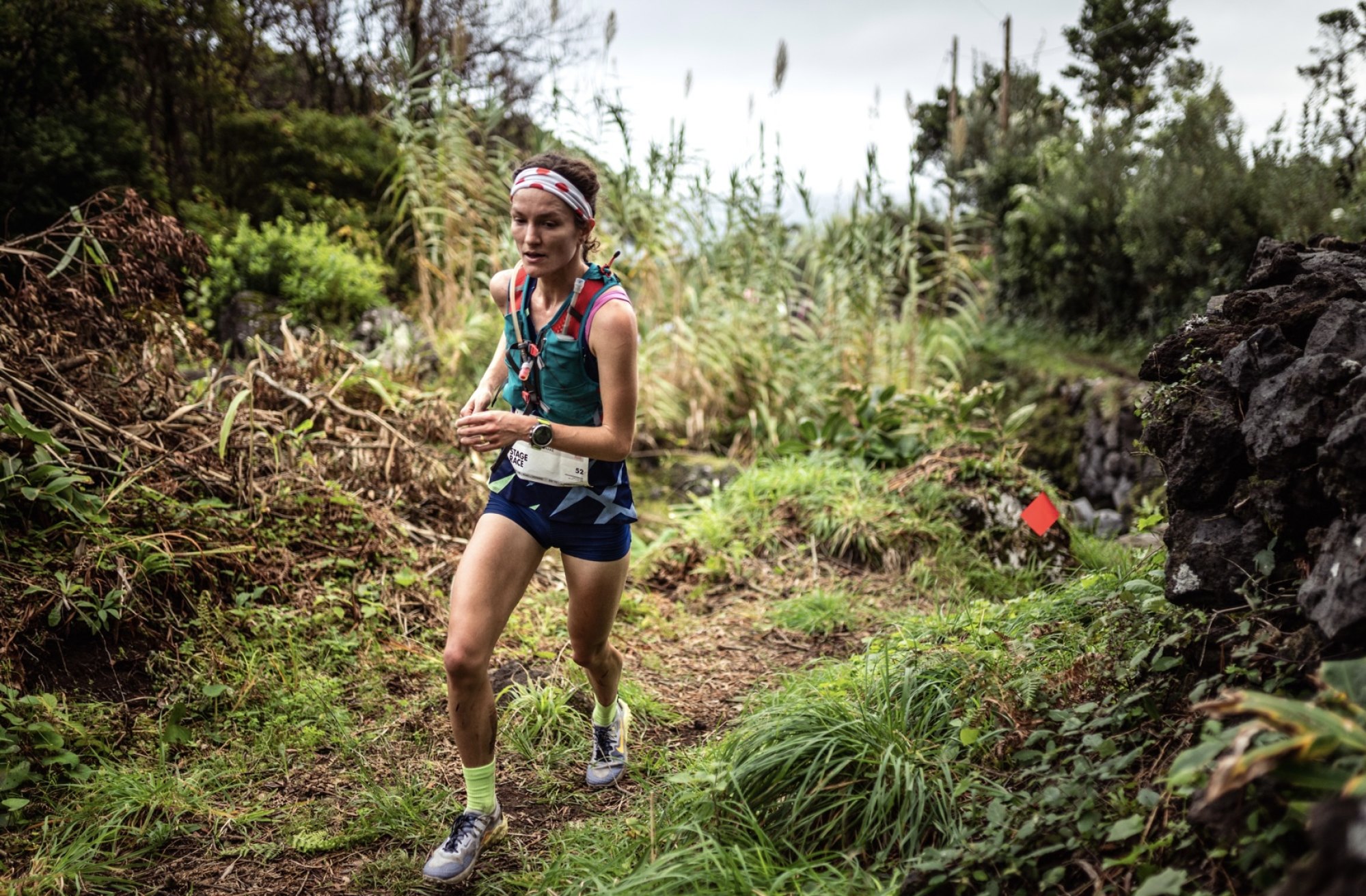
Hong Kong 100 ultra-marathon: from tackling stairs to avoiding monkeys, top tips for runners taking to city’s trails
- The famous race returns for its 14th year this weekend, and John Ellis has been there from the start
- Overseas runners can typically be caught out by the stairs and steep climbs, which need a very specific type of training
Do not open your sandwiches on Monkey Hill might sound like strange advice to give an elite runner, but that is one of the recommendations Hong Kong 100 veteran John Ellis is giving those tackling Saturday’s ultra-marathon.
Ellis is competing in his 14th HK100 this weekend and knows a thing or two about the challenges that lie ahead.
While the city’s stairs and steep climbs typically catch out competitors from all over the world who travel to take part, they don’t often think about the wildlife.
“I picked up a sandwich at one of the checkpoints and started eating it and then I got chased up a hill by a few monkeys,” Ellis said. “They chased me for about 100 metres, so definitely keep your food to yourself.”
The HK100 is a 103km (64-mile) trail race that starts at 8am on Saturday and will see 1,800 athletes run parts of the MacLehose Trail before climbing Tai Mo Shan, Hong Kong’s highest peak.

A bucket-list event that attracts elite runners from around the world, this year’s race will also kick-start the inaugural World Trail Majors, a new global running series.
“Your training needs to be specific to the race you’re running,” Ellis said. “Specifically for Hong Kong, it’s the stairs that people from overseas tend to struggle with, there’s a skill to be able to go up and down them quickly and efficiently.”
Athletes will gain a total elevation of 5,314 metres this weekend, and most of the uphill stages and stairs come in the second half, “where the race really starts”.
“You’ve got Hong Kong’s highest mountain Tai Mo Shan and other big hills, all in the last 45km, so you definitely need to save some legs for that,” Ellis said.
American Tyler Green, 39, and his partner Rachel Drake, 32, arrived in Hong Kong on January 10 to acclimatise and study the route.
Drake was the fastest woman in the 33km version of the race on Thursday, with a time of 3 hours, 4 minutes and 25 seconds, 40 minutes faster than the previous course record held by China’s Wu Yuanyuan.

Drake will now turn her attention to being a part of Green’s crew for the Saturday spectacle. In preparation, the pair had been running sections of the trail almost every day in the build-up.
The couple had run-ins with a family of wild boars and monkeys while running more than 50km in three days earlier this week, with one of those surpassing a half-marathon distance.
“It’s still technically tapering down, even though most people would see those as really long runs,” said Green, who is among the favourites to win the HK100, adding that most of his preparation had been done before he left his home in Portland, Oregon.
“To prepare for all the stairs, I strapped my one-year-old son to my back and found the biggest staircase I could and just kept running up and down,” he said.
The American said his approach would be to run the flats and downhills, tackle steep climbs and staircases by “power hiking”, and hopefully to finish between 10 and 11 hours, which would put him close to first place.
But both he and Ellis said the temperature and level of humidity would affect how quickly they could reach the finish line.
Hong Kong-based Hungarian Eszter Csillag is hotly tipped to be the fastest woman and said she hoped the humidity was high.
“I’ve been running in Hong Kong since 2015, so my body is used to the humidity but not many overseas runners can say that,” she said.
Csillag though revealed her race preparation had been hindered by illness. She had Covid-19 at the end of last year and was struck down with a stomach bug earlier this month.
When able to run, Csillag has focused on reacquainting herself with the course, which she believes will give her an advantage, although given her illness she would just be happy to finish.
“I’ve done so many races on this course, like the Oxfam Trailwalker and parts of the Maclehose,” Csillag said. “So for me, [preparation] is really about running a lot on the course.”

